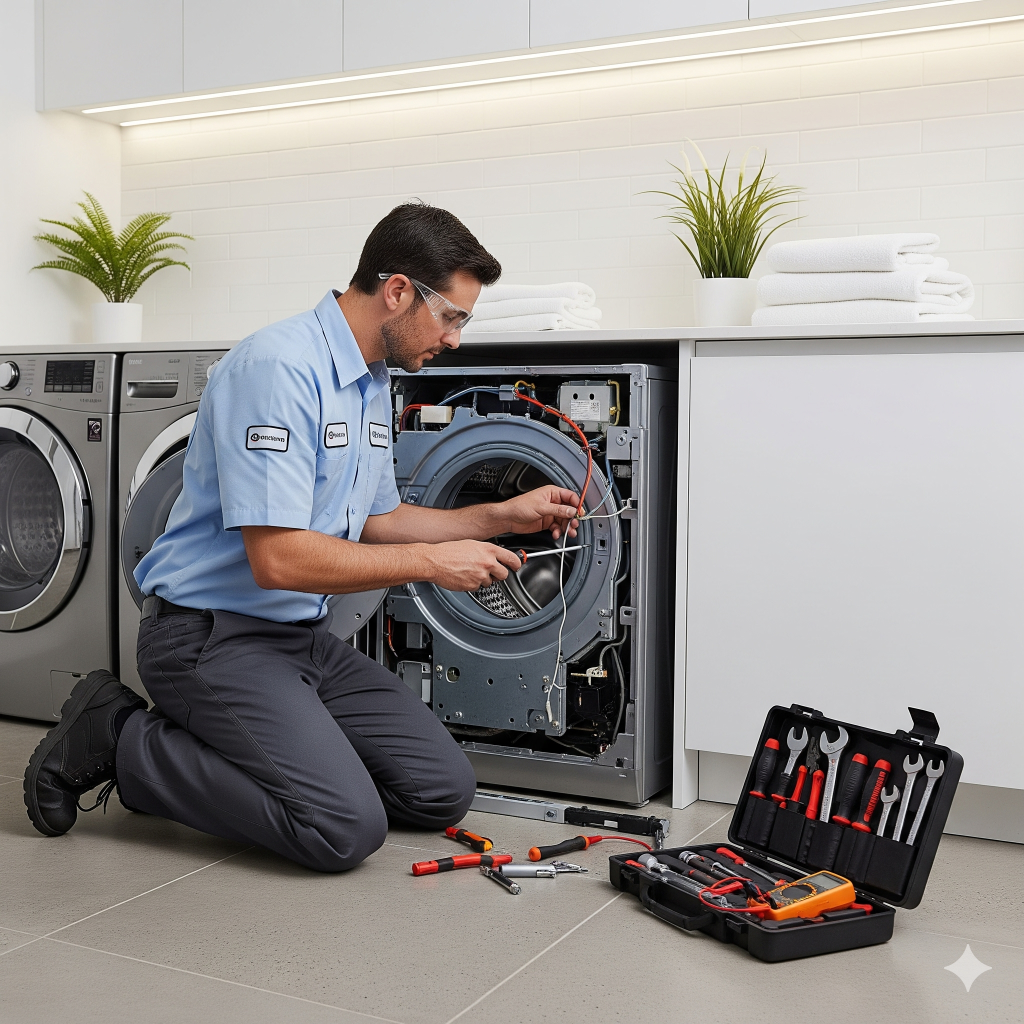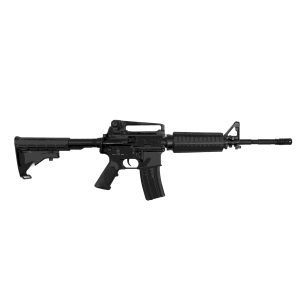Your laundry day takes an unexpected turn when mysterious numbers flash on your washing machine’s display. These cryptic messages might seem overwhelming, but they’re actually your appliance’s way of communicating what’s wrong before a minor hiccup turns into an expensive headache.
Today’s washing machines feature sophisticated diagnostic systems that speak to you through these digital alerts. Think of them as your machine’s cry for help – catching problems early can save hundreds in repair bills.
What Do These Mysterious Numbers Mean?
Different manufacturers use unique coding systems, but most follow similar patterns that reveal specific malfunctions. Understanding these error codes can guide you toward the right washer machine fix before issues become major.
Water System Alerts
Water-related issues top the list of common washing machine problems. These seemingly small concerns can escalate quickly without proper attention.
IE or 4E codes signal water filling troubles – your machine can’t get enough water in. Check if someone accidentally turned off the water supply or if mineral buildup is clogging your inlet filters.
OE or 5E codes mean drainage headaches. When water won’t leave your washer, you’re looking at potential flooding, mold growth, and that musty smell nobody wants in their laundry room.
UE codes point to load balancing issues. Your clothes are playing favorites on one side of the drum, causing dangerous shaking that can damage internal components.
Door Lock Mysteries
Front-loading machines rely on secure door sealing for safe operation. These safety mechanisms generate their own set of warning signals.
dE or DE codes indicate door problems that prevent normal operation. LE codes suggest the locking mechanism itself is struggling. FE codes warn about seal integrity issues that could lead to water leakage.
A compromised door seal doesn’t just stop your wash cycle – it can flood your floor and create expensive water damage throughout your home.
Motor Trouble Signs
Motor-related alerts demand immediate attention since these components are expensive to replace.
3E codes often reveal motor stress or failure. tE codes may indicate temperature sensors affecting motor performance. nE codes can signal motor sensor malfunctions that prevent proper operation.
Motors rarely fail suddenly. You’ll usually notice grinding sounds, excessive vibration, or sluggish spinning before error codes appear.
Quick Fixes You Can Try
Before calling professionals, attempt these simple solutions that resolve many common issues:
- Verify power connections are secure and the outlet works properly
- Open water supply valves completely – partially closed valves trigger filling errors
- Remove lint and debris from accessible filters and drain areas
- Rebalance loads by redistributing wet clothes evenly around the drum
- Allow the machine to rest for thirty minutes, then restart to clear temporary glitches
These basic steps eliminate many error codes without professional intervention.
When Professional Help Becomes Necessary
Certain situations require trained technicians with specialized tools and safety knowledge:
- Electrical problems that could create fire risks
- Internal pump failures that might flood your home
- Control panel malfunctions affecting multiple functions
- Bearing issues causing loud grinding or metal-on-metal sounds
Attempting complex repairs yourself often voids warranties and creates additional damage.
Prevention Strategies That Work
Regular maintenance prevents most error codes from appearing initially. Simple monthly tasks make a significant difference:
Clean detergent dispensers to prevent soap buildup. Wipe door seals on front-loaders to eliminate mold growth. Run empty vinegar cycles monthly to dissolve mineral deposits. Check hose connections for wear signs or small leaks.
Annual professional inspections catch problems before they trigger error codes. Machines over three years old particularly benefit from preventive maintenance visits.
The Real Cost of Ignoring Warning Signs
Procrastination with appliance problems creates expensive consequences. A blocked drain becomes a failed pump. A minor sensor issue becomes complete control board replacement.
Emergency repairs cost significantly more than scheduled maintenance. Weekend service calls often include premium charges that can double your final bill.
Frequently Asked Questions
What does it mean when my washer shows an error code? Error codes are diagnostic messages indicating specific problems with your washing machine’s operation. They help identify issues before they cause major damage or complete breakdown.
How can I reset my washing machine error codes? Try unplugging your machine for 30 minutes, then restart it. This clears temporary glitches. If codes persist, the underlying problem needs addressing through troubleshooting or professional repair.
What should I check first when my washer displays an error? Start with basic checks: ensure proper power connection, verify water supply valves are open, clean visible lint or debris, and redistribute unbalanced loads evenly around the drum.
When should I call a professional for washer error codes? Contact professionals for electrical issues, internal pump problems, control board malfunctions, or motor bearing failures. These situations require specialized tools and safety expertise.
How often should I maintain my washing machine to prevent errors? Perform monthly cleaning tasks like wiping seals and cleaning dispensers. Schedule annual professional inspections for machines over three years old to catch problems early.
Can ignoring error codes damage my washing machine further? Yes, ignoring error codes typically leads to more expensive repairs. Small problems create chain reactions that can double or triple repair costs when left unaddressed.
Smart washers now connect to smartphones, providing detailed explanations and troubleshooting guides directly to your device. However, these features complement rather than replace professional service when serious problems occur.
Choose repair services carefully by verifying licensing, insurance, transparent pricing, and warranty coverage. Experienced technicians familiar with your specific brand provide the most effective solutions.
Remember that error codes serve as your machine’s early warning system. Responding promptly prevents minor issues from becoming major expenses, keeping your laundry routine running smoothly for years to come.





